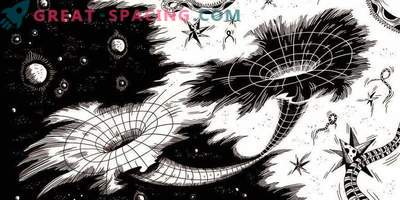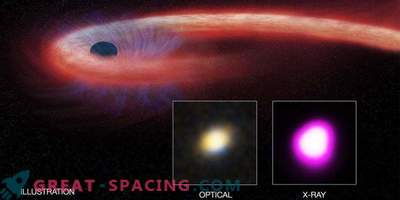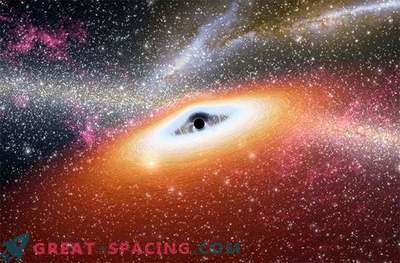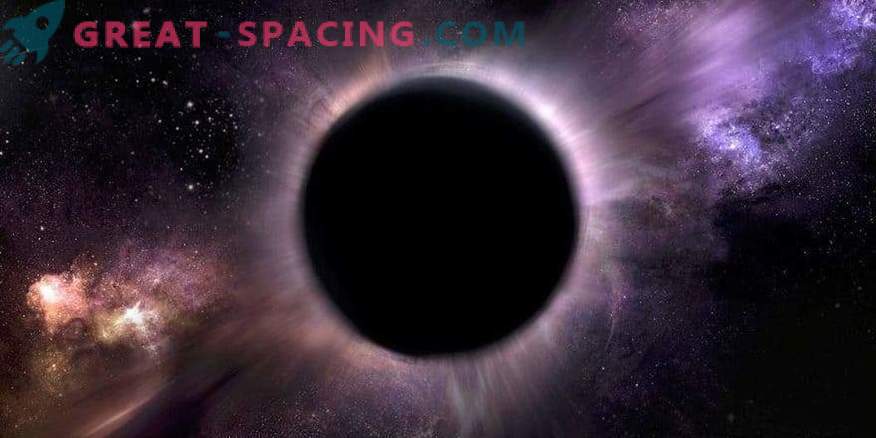
New research allows finding out more valuable information about intermediate mass black holes and their activities. Scientists decided to focus on the stars and other celestial objects moving too close to the black hole. In this process, the body is torn by the powerful tidal forces of a black hole. During such violent events, the destructible object simultaneously stretches and contracts in opposite directions. If we are talking about a white dwarf (the dead core of a sun star once), then compression is enough for a brief nuclear re-fusion, which can revive a white dwarf for at least a few seconds.
For such a maneuver, the white dwarf must pass relatively close (inside the tidal radius) to the black hole of intermediate mass, which is 1000-10000 times more massive than the Sun. This is due to the fact that the size of a black hole correlates with its mass. If the massiveness is not enough, then the tidal radius is less than the parameters of the white dwarf and then the white dwarf as it swallows a black hole. If the mass is too large, then the white dwarf will be inside before the tidal forces destroy it.
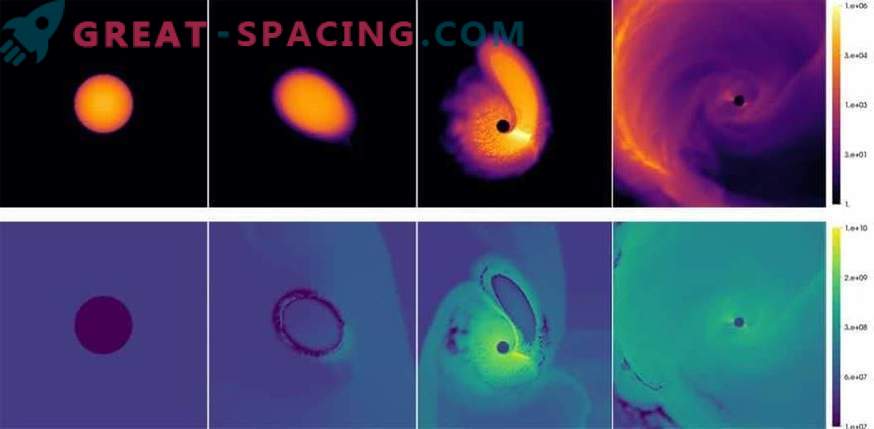
Computer simulation of a white dwarf interrupted by a black hole with a mass of 1000 solar
Unfortunately, scientists do not yet have direct evidence of the existence of black holes of intermediate mass. It is important to obtain this data in order to better understand the process of the formation of their super-massive brethren. Tidal events are sometimes capable of generating large-scale EM flashes and potentially detectable gravitational waves. So far, only dozens of discoveries have demonstrated the events of tidal destruction, and none has dealt with the destruction of a white dwarf. So this is still to be seen in future reviews. A part of the material torn out from the destroyed object will be swallowed by a black hole, but a significant amount will be thrown into the surrounding space as garbage. As a result, this garbage can become part of future stellar and planetary generations, so the chemical composition affects the consequences. During tidal stellar destruction, nuclear burning occurs, causing significant changes in chemical composition. That is, it transforms helium, carbon and oxygen of a white dwarf into elements close to iron in the periodic table.
While the events of the destruction of white dwarf tides of black holes are studied only on computer models. But a set of simulations confirmed that nuclear burning is a common result, with mass conversion efficiency up to 60%. Efficiency and the elements created depend on how close the white dwarf is to the hole. Models also generate short bursts of gravitational waves, frequencies, and amplitudes that can be detected with future instruments.
